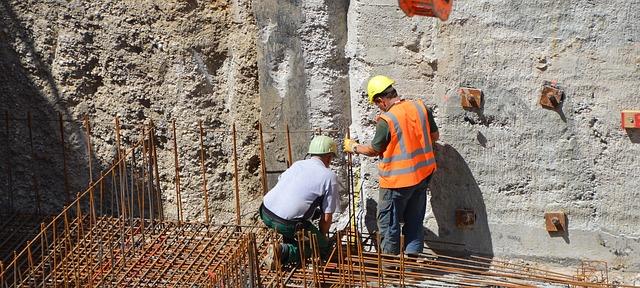Structural analysis is the determination of the effects of loads on physical structures and their components. The structures subjected to this kind of analysis include all those that must withstand loads, such as buildings, bridges, among others. Structural analysis incorporates the fields of applied mechanics, materials science and applied mathematics, in order to calculate the deformation of the structure, as well as the internal forces, tension, support reactions, acceleration and stability. The results of the analysis are used to check the ability of a structure for its use, often without requiring physical testing. The structural analysis is, therefore, a fundamental part of engineering design of structures.
Some of the tests that we perform are the following:
-
Survey of the geometry of the structure of the buildings, for comparison with the supplied project;
-
Topographic and Geometric Surveys;
-
Survey of the detailing of the section of standard elements with the magnetometer, including detected coatings and measured diameters;
-
Extraction and compression test on hardened concrete specimen, previously extracted by means of a rotating beam or column probe, including rectification, test, report of results, reclosing of the carded area and all the works and materials necessary for its good execution;
-
Measurement of concrete carbonation depth;
-
Concrete chloride and sulphate testing for contamination screening of concrete;
-
Testing of concrete compressive strength through sclerometrics, with Schmidt's sclerometer;
-
Other tests.

